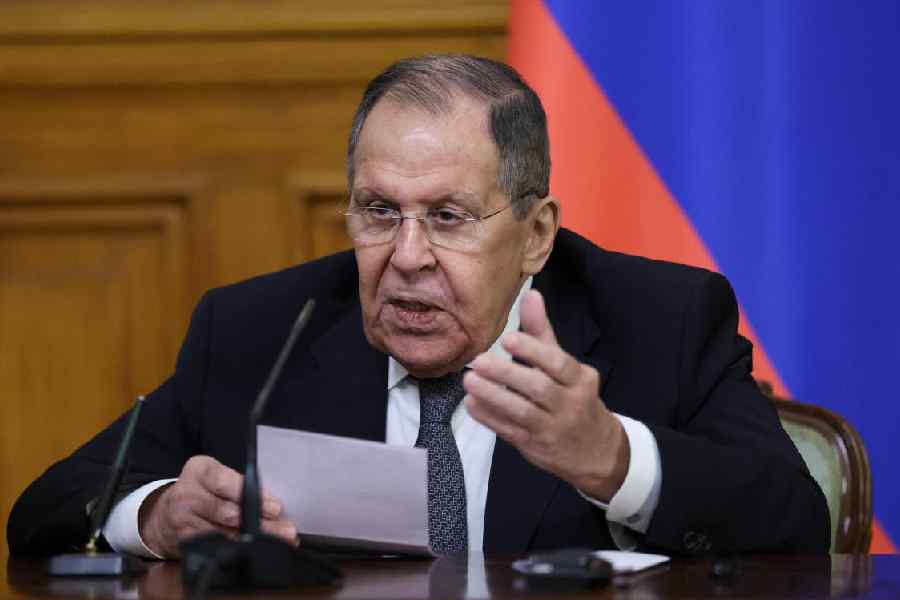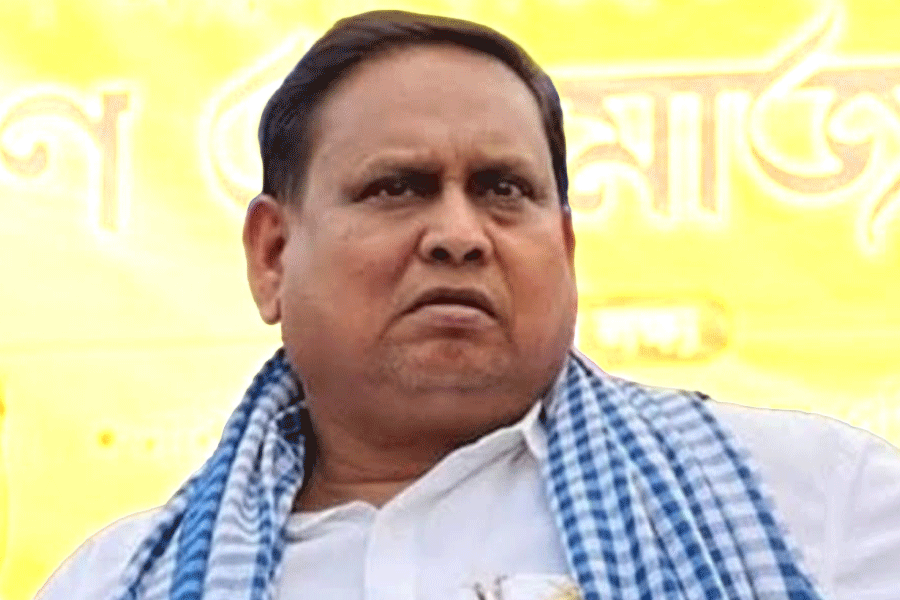 |
 |
 |
| PLAY ME: (From top) Ghatothkach, Hanuman: The Boy Warrior and Gurubhakt Ekalavya are among the current crop of mythology-based video games |
It’s Sunday afternoon, and 12-year-old Tanay Mohan Kapur is hooked to his mother’s cell phone. He has been playing a game on the phone for the past 55 minutes but mother Mamta is not as upset as you’d expect her to be. In fact, it was Mamta who downloaded the game to keep Tanay busy during his summer break.
So is Mamta a new-age mom who believes that video games are good for a child’s soul? On the contrary, she is a regular mother who worries about the ill-effects of violent video games. But the game that’s got her approval is based on mythology.
To convince parents to let their children click away at games for uninterrupted hours, the gaming industry has discovered the merits of Indian gods. Move over God of War, Good and Dark, Evil Worlds of Zelda and all those popular games that digitally instruct children on how to conquer evil with violence. The creators have now come up with a bouquet of games based on Indian mythological stories.
Tanay has just finished the 12th level of Gurubhakt Ekalavya, a newly launched game by Nazara Technologies, Mumbai, based on the exploits of Mahabharata’s low caste boy who wanted to learn archery but was turned away by Guru Dronacharya. Ekalavya learnt on his own by placing a clay statue of the guru by his side.
“This is an interactive screen, where guru Drona talks to the gamer through the various stages of the game,” says Tanay. “I felt like Ekalavya while I was winning each level,” he says elatedly.
Ekalavya is not the only mythological character who has been transformed digitally into a game. The Indian mobile entertainment company can’t have enough of mythological characters. In March, it launched The Great Yuddhisthira. A game called Arjuna — where the gamers have to hit the eye of a rotating fish as the master archer did in the Mahabharata — will soon be launched.
“There was a huge response to Ekalavya. Now we are working on a series as mythological contents are acceptable to the Indian market,” says Ujwal Mitra, manager, corporate affairs, Nazara Technologies. “In a few months, we will bring out a series on the Panchatantra and Akbar Birbal, where games will be designed out of the various incidents depicted in these stories.”
According to a report by the National Association of Software and Service Companies, which represents the interests of the information technology industry, the value of the Indian gaming market increased from $4.5 million in 2004 to $47.7 million in 2006 and is expected to hit $424.6 million next year.
Since mythology sells, companies are looking up their epics. Jump Games, Mumbai, recently launched a game on Hanuman, in which the monkey god starts as a powerless being and regains his powers through the game. Trine Games Studio, Mumbai, has come up with Legends of Great India. This has popular Hindu gods fighting demons. Zapak.com, another Mumbai-based company, has launched Ghatothkach Food Frenzy, in which the gamer has to provide the giant from the Mahabharata with food.
The Mahabharata is also on the mind of Gameloft, a French gaming company, which reached out to thousands of teenagers through its popular games Zombie Infection and Gangstar 2: Kings of L.A. It plans to develop a series on the epic covering its 18 parvas or divisions. Interactive games on the battle of Kurukshetra are being designed. “We are concentrating on the Mahabharata at this moment,” says Ravi Kumar, country manager (India), Gameloft, Hyderabad.
Nazara Technologies CEO Nitish Mittersain says its two mythological games grossed Rs 1.5 crore in the past three months. “There are at least 50,000 downloads taking place every month — 20 times higher than downloads of our game series on cricketers,” he says. Each download costs Rs 70-90.
Jump Games says Hanuman: The Boy Warrior raked in more than Rs 2.5 crore in the past two months. Not surprisingly, they are now planning a sequel, Hanuman Returns.
Mythology from other parts of the world has been a driving force in games for a while now. “But parents often object to them because they are violent. So we thought of designing games out of our own mythological stories. Since parents have also read them, they will encourage their children to play these games,” Mitra reasons.
Mamta seconds that. “Tanay used to spend hours on the computer scoring points either by beheading someone a thousand times or by shooting at someone,” she rues. Mamta was worried that her son would become destructive and hostile.
Mamta’s concern was justified. A new study by the psychiatry department of the All India Institute of Medical Sciences (AIIMS) states that “long exposure to violent video games makes children aggressive, intolerant, impulsive, restless and hyper-active.”
Now Mamta believes that games such as Ekalavya can draw her son away from violence. “I am glad to be able to divert his attention to games that are informative and exciting,” she says.
Even psychiatrists are hopeful that such games will help generate “positive energy” in children. “The entertainment industry milked us for years by putting children at risk. It’s time for them to undo that,” says Dr Rajesh Sagar, associate professor, department of psychiatry, AIIMS.
However, he ends with a word of advice. “The gaming industry should replace brawn with brain,” he says. “Designing games on violent episodes of the Indian epics like the battle of Kurukshetra or the Yuddha Kanda of the Ramayana will have a similar, negative impact on a child’s mind as God of War or Street Fighters,” he says.
Is the gaming industry listening?











